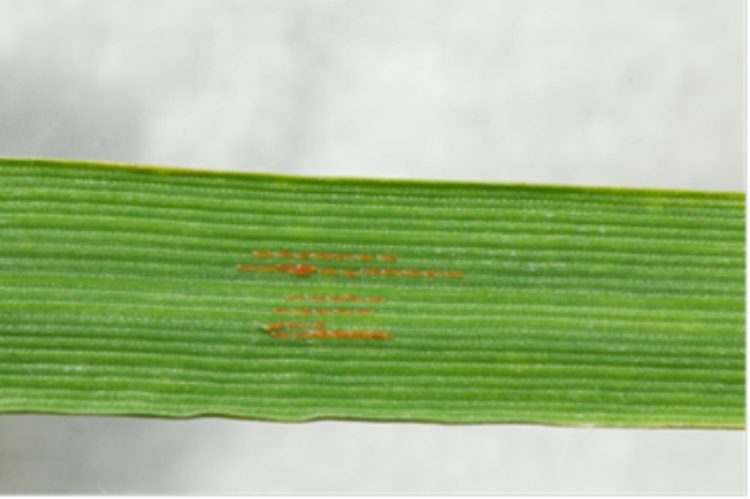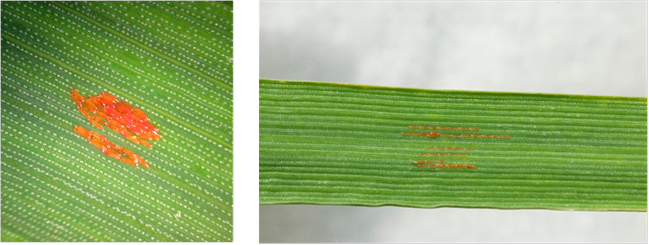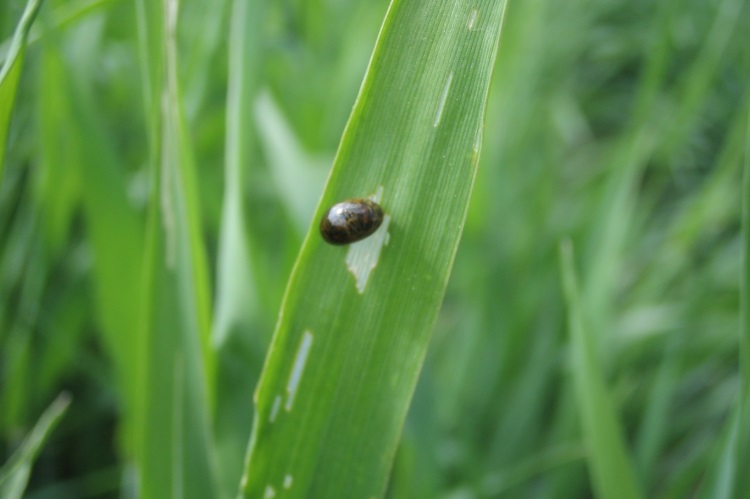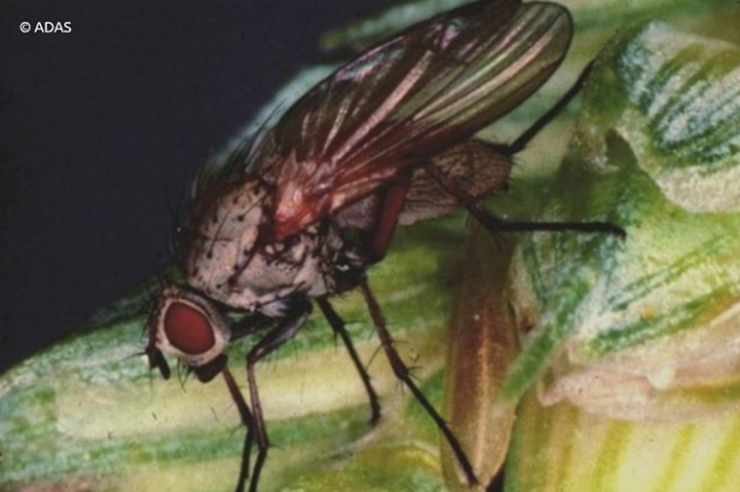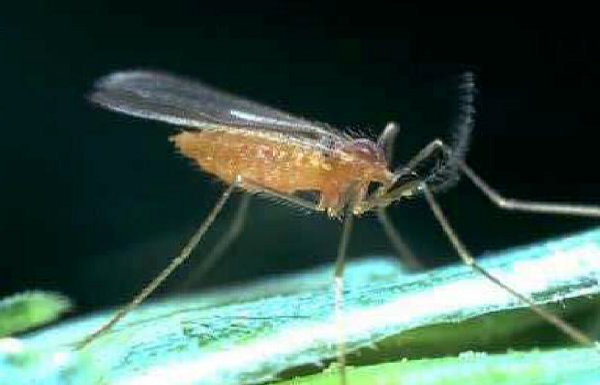Pests in Wheat, Barley & Oats
Saddle gall midge
The saddle gall midge is approx 5mm in length (females are larger) and red in colour. The females can lay up to 250 blood-red eggs on the upper and lower surfaces of the leaves of cereal and grass plants. Eggs hatch to reveal white or light orange larvae within 1-2 weeks. The larvae change to bright orange as they mature.
Cereal leaf beetle
The slimy grubs of cereal leaf beetle have been reported on crops. The grub stage eats strips out of leaves.
Wheat bulb fly (Wheat)
Wheat bulb fly is a serious pest of wheat crops. The larvae feed on the central shoot of wheat, causing it to turn yellow then die. This symptom is known as a "deadheart" symptom. The female lays eggs during the summer months (July - September), and bare soil is the preferred site. Consequently, wheat sown after potatoes, peas, oilseed rape, field vegetables, fallow and set-aside are, particularly at risk.
Orange blossom midge (Wheat)
This pest can cause a great deal of damage to the developing wheat grain during ear emergence. It is present in Scotland but we have seldom seen it at levels that will damage Scottish winter wheat crops. The orange midges usually appear in second or third winter wheat crops once the mean daily air temperatures exceed 15ºC and conditions are still and dry.
Sign up to the FAS newsletter
Receive updates on news, events and publications from Scotland’s Farm Advisory Service

